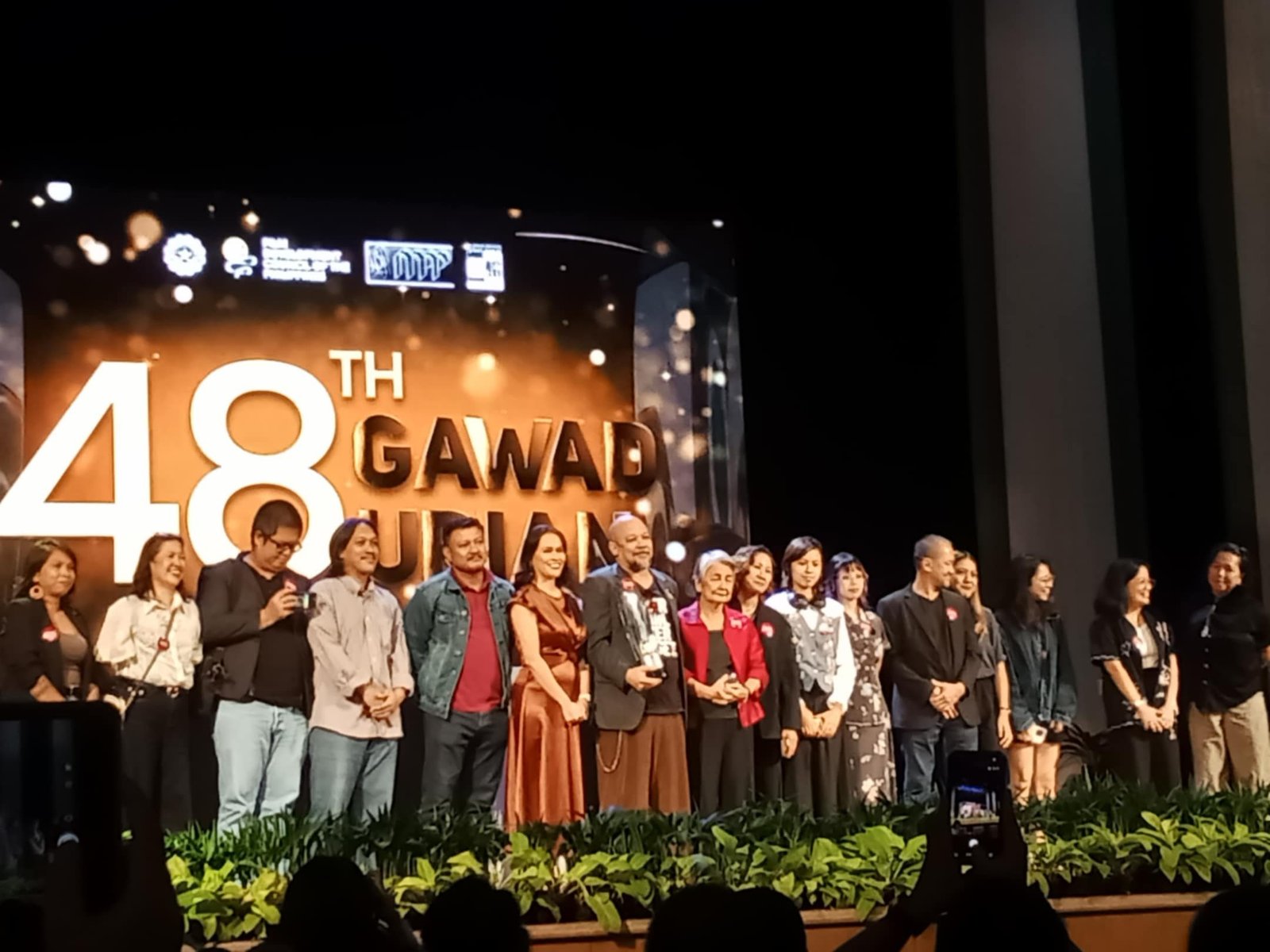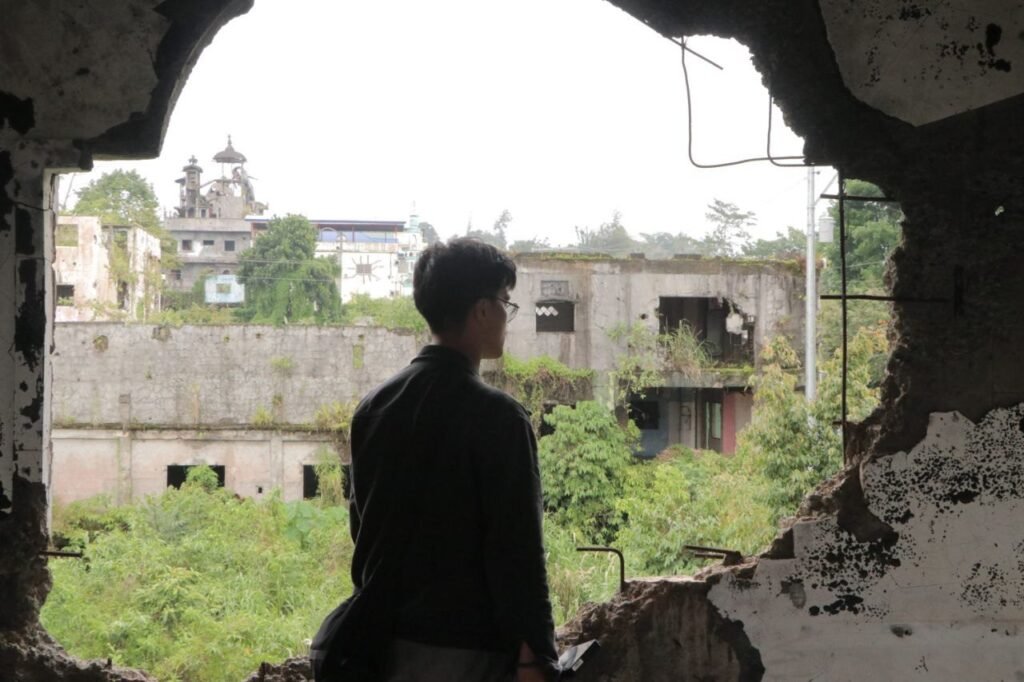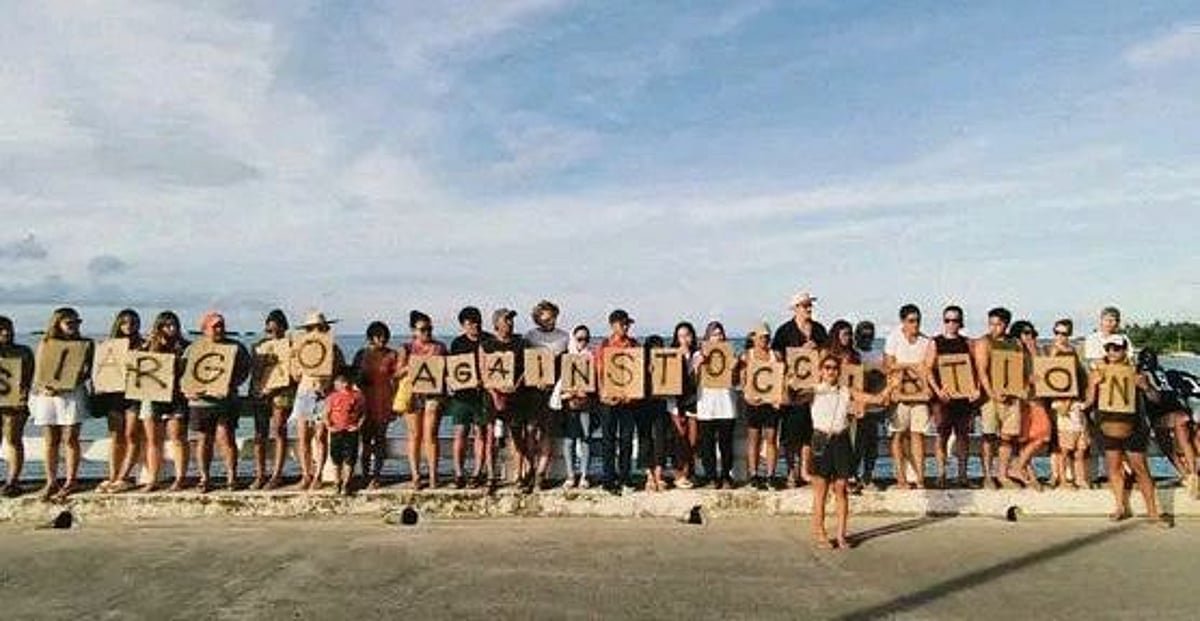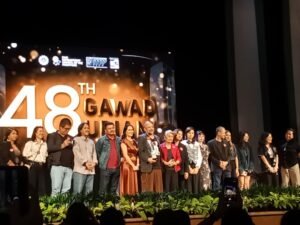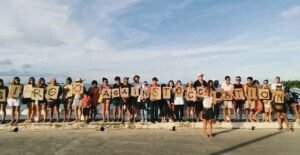First of 2 parts
MARAWI, Philippines – Days before the 2017 Marawi siege, alarming text messages began circulating. Later traced to the ISIS-inspired Maute group, the messages warned of an impending “war” and urged residents to evacuate immediately. Many dismissed them as a hoax, believing Marawi would never become a battlefield.
“Our neighbors received those text alerts and told us about the warning. We dismissed it because we thought it was a scam,” said Nurainie Rakim, a stringer of S’bang Ka Marawi (Rise Up Marawi), a community media group organized by the nongovernment organization Initiatives for Dialogue and Empowerment through Alternative Legal Services (IDEALS).
On May 23, that year, the extremist Maute group launched a full-scale assault accompanied by disinformation. Social media posts and text messages spread unverified stories of kidnappings, killings of non-Muslims, and other fabricated horrors, fueling panic and confusion.
“At that time, we didn’t have the luxury to think about what information we received. Our top priority was to evacuate safely,” Rakim recalled.
Thousands fled, expecting to return in days. Others stayed to guard their homes, hoping for a quick ceasefire. Instead, the fighting dragged on for five months, leaving deep scars that continue to haunt Marawi communities.
“If those early text alerts had been verified and reported, it could have possibly saved the city from devastation,” said Sorhaila Latip, a journalism professor at government-run Mindanao State University (MSU).
Latip’s point strikes at the marrow of Marawi’s tragedy. What Marawi lacked in 2017, and still lacks today, is a strong, independent, and vigilant news media that could cut through rumor and fear with fact. When the Maute group advanced, the vacuum of credible information proved as destructive as the rockets and gunfire.
Eight years later, Marawi remains starved of news and vetted information. Radio stations are faint, newspapers nearly absent, television signals inconsistent. The vacuum is filled instead by Facebook posts, TikTok snippets, and the chatter of text messages and two-way radios — a communications landscape ripe for manipulation.
The ruins of the city do not just tell the story of the siege, but also serve as a reminder of what happens when communities are forced to confront extremism without the armor of credible reporting. In predominantly Muslim Marawi, the absence of robust media became a weapon, turned against its own people.
Media coverage challenges
When the militants stormed Marawi, the city’s media was exposed for what it was: fragile, untested, and ill-prepared. Local media outlets were neither fully equipped to cover the conflict nor ready to confront the flood of information and lies that followed.

For years, most radio stations in Marawi had settled into safe reporting and public discussions, avoiding tough issues. What they never built was the muscle for crisis reporting, and when the siege came, the absence of that muscle was felt in every story that spread unchecked, in every warning that went unverified.
Latip noted that many operated media outlets simply because they could, despite lacking formal training and experience. “The lack of [public] support for local media is what makes it an inadequate news tool,” she said.
Shora Sabdullah, station manager of the state-run Radio Pilipinas-Marawi, said the Marawi Broadcasters’ Association had held training sessions to equip aspiring reporters with basic skills before the siege.
Marawi in the spotlight
As gun battles intensified in 2017, the conflict eventually drew wider coverage from both local and international media. Social media became a major platform, while “parachute journalists” flew in to file quick stories.
The flood of attention shed light on key realities, but it also fueled disinformation.
“During the siege, disinformation was blatant. That’s why my editors told me to double-check my stories, and I did,” said veteran Cagayan de Oro-based journalist Froilan Gallardo of MindaNews, who also contributes to Rappler.
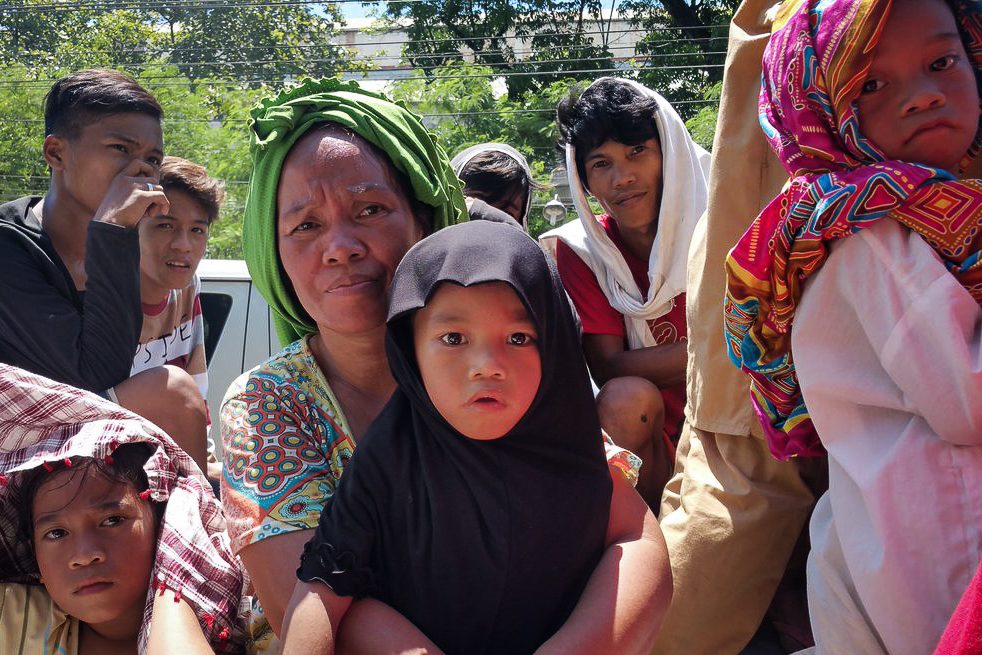
Malacañang at the time cautioned media outlets against fake news and urged the public to avoid sharing unverified stories, as extremist propaganda spread online. Members of the black flag group used social media to amplify their messages during the siege.
“Group members had access to the internet and they were posting photos and videos about their extremist activities,” Latip said. Facebook later removed significant ISIS-linked content tied to Marawi.
“If we had the same level of coverage during the siege that we have now, we could have fought disinformation more effectively,” Latip said.
She noted that after the siege, the government began investing more in media support in the city — but only for state-run outlets.
“As acting station manager back then, I needed to find ways, especially during the siege where I needed to report anytime, anywhere,” Sabdullah recalled. Marawi’s journalists, she added, still had to be “resourceful” and persistent just to keep operations alive.
Media presence and history
Local media in Marawi traces its roots to the 1960s. DXSO remains the only government-owned radio station, while DXRM and others once provided news and public affairs programming.
Some local publications also emerged, including Salam newspaper, Ingud a Pilumbayan magazine, and later The Ranao Star, which has since shifted entirely to social media.
But over time, AM radio declined as FM’s music-driven programming drew younger listeners. “The ‘death’ of AM came with the rise of the internet. It proliferated in 2008 when Facebook arrived,” Latip recalled.
Today, IDEALS data lists only a handful of active outlets: DXSO Radyo Pilipinas, Radyo Dansalan, University FM, Radio Ranao, Cool FM, Freedom Radio, and Edge Radio — plus The Ranao Star newsletter.
‘Walkie-talkie news’
In Marawi, where the siege turned homes into rubble, people still piece together news through radios, Facebook pages, and whispered updates.
“Apart from television and radio, we also tune in to the Saksi radiogram frequency (walkie-talkies) for local news and updates,” Rakim said.
The handheld, portable two-way radio allows faster distribution of information but comes with challenges, including congestion, interference, and questionable reliability.
Saksi, the largest two-way radio frequency in Lanao del Sur, is run by Muslim scholars and professionals and has hundreds of followers across 18 municipalities around Lake Lanao. But unlike established news outlets, the walkie-talkie platform cannot guarantee accuracy.
“Radiogram is something you shouldn’t really have. It has been used for communication, but technically it’s illegal,” Latip explained.
Sabdullah added that while they often report unverified stories, the two-way radio frequencies are not entirely bad: “It could be used for fast distribution of information when verified.”
Eight years after the siege, Marawi still struggles to build media that can shield its people from rumor and manipulation. The absence of such media in 2017 did not just leave the city unprepared for extremist violence. It made Marawi’s tragedy deeper, sharper, and longer-lasting. (To be concluded) – Rappler.com
NEXT: Part 2 | Journalism in Marawi struggles under disinformation, fear, politics
Abdul Hafiz Tacoranga Malawani is a campus journalist from Marawi City, Lanao del Sur studying Information Technology at Mindanao State University Marawi. He is the editor in chief of Mindanao Varsitarian and an Aries Rufo Journalism Fellow of Rappler for 2025.
